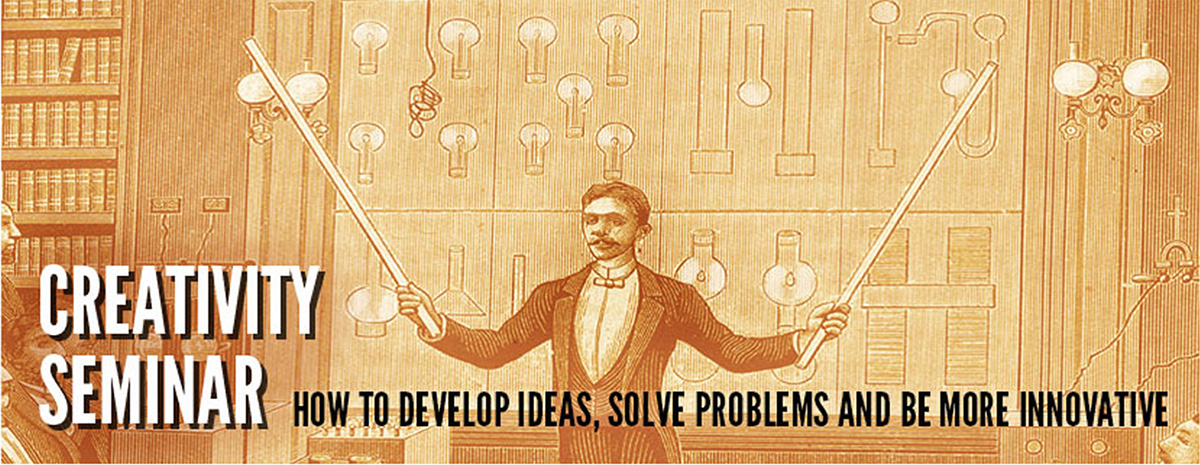Mainstream thinking about innovation has focused on process and policy. A recent book addresses a critical element largely overlooked — the essential role of the personal skills of the innovator.
In The Innovator's Way, authors Peter J. Denning and Robert P. Dunham define innovation as the art of getting people to adopt change. Innovation, they write, is not simply an invention, a policy, or a process to be managed. Innovation is a personal skill that can be learned, developed through practice, and extended into organizations.
Denning is a pioneer in operating systems who has taught at Princeton and worked for NASA, and Dunham is a former VP at Motorola who founded The Institute for Generative Leadership.
The authors draw a distinction between invention and innovation: many inventions never become innovations, and many innovations do not involve an invention. They identify and describe eight personal practices that all successful innovators perform. Weakness in any of these practices, they show, blocks innovation.
Denning and Duham provide a detailed account of the eight practices, grouped into three segments, and how to accomplish them; and they chart the path to innovation mastery, from individual practices to teams and social networks:
THE MAIN WORK OF INVENTION
SENSINGTHE MAIN WORK OF ADOPTION
Articulating a new possibility that would bring value to the community by addressing an issue or seizing an opportunity.
ENVISIONING
Building a compelling, engaging story of how the world would be better if the possibility were made real. more…
OFFERINGTHE ENVIRONMENT FOR THESE OTHER PRACTICES
Presenting a proposed practice and its benefits to a community and its leaders so that they commit to consider it.
ADOPTING
Getting community members to commit to adopt the practice for the first time, reserving the option of dropping it if not satisfied after a trial period.
SUSTAINING
Getting community members to commit to the practice for an extended period, integrating it into their other practices, standards, incentives, and processes, and making it productive for its useful life.
EXECUTINGThe authors elaborate:
Coordinating actions, planning and carrying out all individual and team commitments needed to support adoption and deliver its value.
LEADING
Working proactively to produce the essential outcomes of the other practices, overcoming obstacles, building and maintaining trust, and sustaining the leader’s own commitment.
EMBODYING
Practicing the other practices until you can perform them automatically without conscious thought, and helping the community members embody the practice they are adopting.
"In reality, these practices are not sequential at all. The innovator moves constantly among them, refining the results of earlier ones after seeing their consequences later. It is better to think of them as being done in parallel rather than in numerical order.
The overall effectiveness of these practices depends on the innovator integrating them into a single, coherent style. The practices affirmatively suggest that Is innovation a learnable practice."
A summary of a sample chapter focuses on dilemmas common to any industry and summed up with a word that all of us can identify with: messes.
ON MESSES, COLLABORATION AND INNOVATIONFrom The Innovator's Way: Essential Practices for Successful Innovation
"Messes are intransigent social situations that people want to exit but feel stuck in. While some messes may be irresolvable, we can often find ways out of messes through seven basic strategies augmenting the eight practices: declare, learn, question the paradigm, blend, develop a “we”, lead collaboration, and develop shared promises. Collaboration is at their core.
Collaboration is a practice of creating new observers and new possible actions together, in a mood of commitment to take care of the concerns of all parties as best possible. Through collaboration, a community creates a solution to a messy problem that takes care of all their concerns at the same time. Collaboration does not mean that community members give up or comprise their dearest concerns. It means they design a solution that recognizes their concerns. The process often leads to a reconfiguration of everyone’s concerns. The hallmark of successful collaboration is the experience of solidarity and new energy: a “we”.
History tells us that resolutions of messes are likely to be disruptive innovations. The reason is that the paradigm (belief system) hosting the mess does not allow the new thinking needed to resolve the mess. Only a belief-changing innovation driven by an entrepreneurial mindset will succeed. This is why many in the mess feel threatened about the prospect of a solution. The solution may challenge everything connected with the mess, including social power structures and deep beliefs."
by Peter J. Denning and Robert P. Dunham (The MIT Press)

